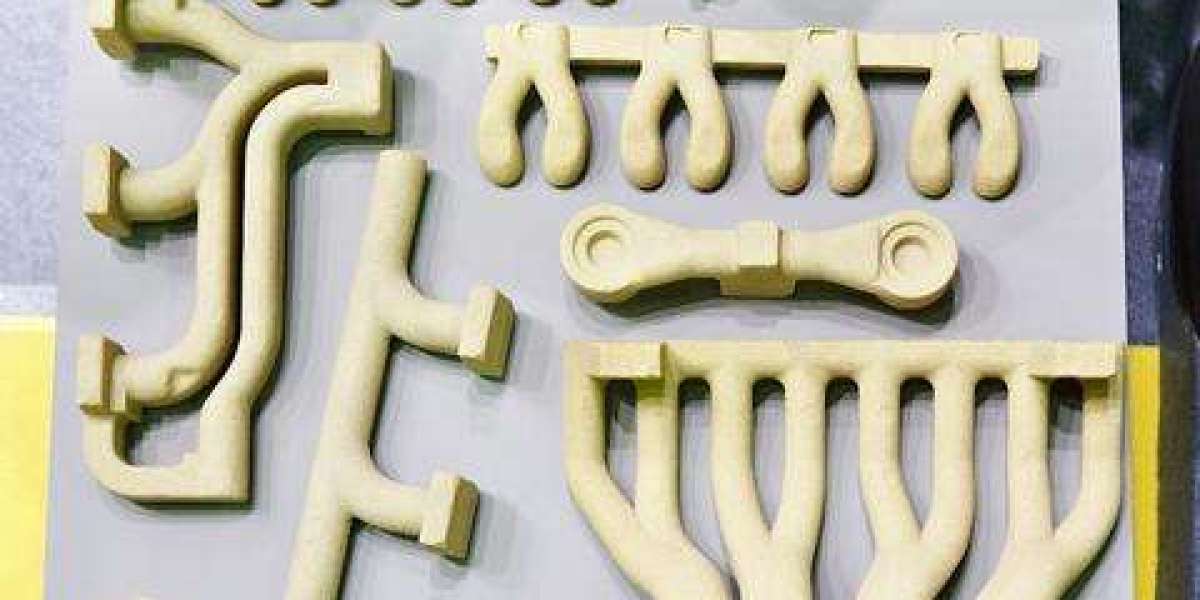Sand casting is a widely used manufacturing process that allows for the creation of intricate and robust metal parts. In this comprehensive guide, we will explore the sand casting process, its applications, and the steps involved in producing high-quality sand casting parts.
What is Sand Casting? Sand casting is one of the oldest and most versatile metal casting methods. It involves pouring molten metal into a sand mold, which is created by packing sand around a pattern (the shape of the desired part). Once the metal cools and solidifies, the sand mold is removed, leaving behind the finished casting.
Applications of Sand Casting Parts: Sand casting is employed in various industries due to its flexibility and cost-effectiveness. Here are some common applications:
Automotive Industry: Sand casting is used to produce engine blocks, cylinder heads, and other automotive components.
Aerospace Industry: It is utilized for manufacturing parts such as turbine blades, engine casings, and structural components in the aerospace sector.
Oil and Gas Industry: Sand casting is used to create valves, pump components, and other equipment for the oil and gas industry.
Industrial Machinery: Parts for heavy machinery, including gears, pulleys, and brackets, are often produced using sand casting.
Art and Sculpture: Sand casting can be used in artistic applications to create intricate sculptures and decorative pieces.
The Sand Casting Process: The sand casting process involves several key steps:
Pattern Creation: A pattern, typically made of wood or metal, is created to represent the final part's shape and dimensions.
Mold Preparation: Sand is packed around the pattern, creating a mold cavity. The mold is typically made of two parts, the cope (top) and the drag (bottom).
Core Assembly (if needed): Cores made of sand or other materials are inserted into the mold to create hollow sections in the final part.
Pouring: Molten metal is poured into the mold, filling the cavity created by the pattern and cores.
Cooling and Solidification: The metal cools and solidifies inside the mold.
Shakeout: The sand mold is removed, leaving the casting behind.
Finishing: The casting is cleaned and finished by removing any excess material, such as gates and risers.
Advantages of Sand Casting:
- Cost-effective for low to medium production runs.
- Versatile for a wide range of part sizes and complexities.
- Suitable for various metals, including iron, steel, aluminum, and bronze.
- Tooling costs are relatively low compared to other casting methods.
Challenges of Sand Casting:
- Tolerances may not be as tight as other casting methods.
- Surface finish can vary and may require additional processing.
- Sand molds are for one-time use, so the process generates waste.
Conclusion: The sand casting parts is a versatile and cost-effective method for producing a wide range of metal parts. Its applications span across multiple industries, from automotive and aerospace to art and sculpture. By understanding the sand casting process and its advantages and challenges, you can make informed decisions about its suitability for your manufacturing needs. Sand casting is a valuable tool in the world of metalworking, offering a flexible and efficient way to bring intricate metal parts to life.



